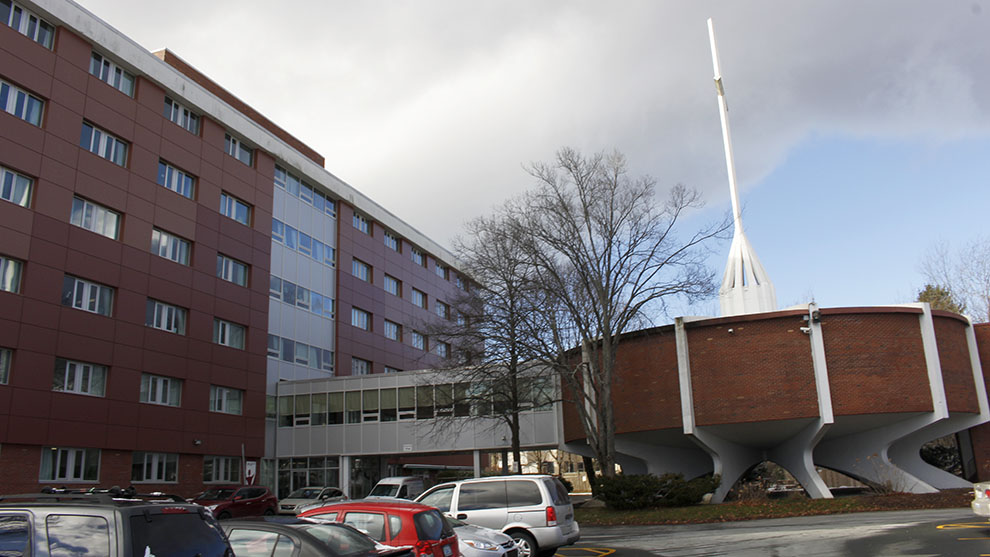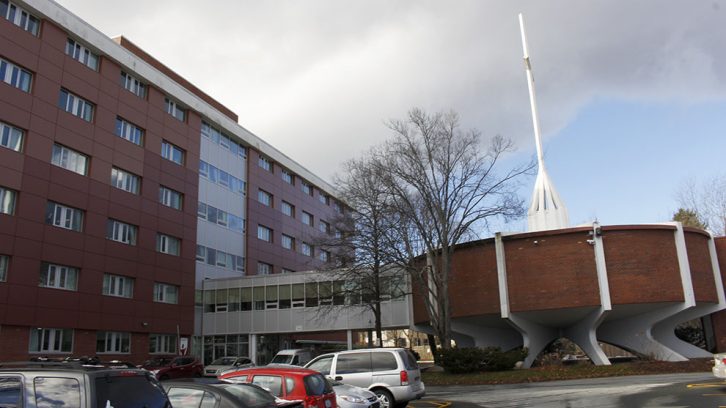Health
Seniors homes: Have budget cuts affected care?
Funding continues to decline, one year since Broken Homes report was released

caption
St. Vincent's Nursing Home.
caption
Saint Vincent’s Nursing Home.In December 2015, the Nova Scotia Nurses’ Union (NSNU) released its study on the state of long-term care in the province – the Broken Homes report. The situation then, as the title suggests, was not good, and the message abundantly clear.
“The LTC (long-term care) sector suffers from understaffing, excessive workloads, demoralized workers, unsafe work environments and workplace violence,” the report states.
A year later, there is little consensus between the NSNU and the government on the fundamental issues of funding and staffing.
For the second year in a row, long-term care homes in the province have seen their funding cut. This year’s decrease of $3.1 million, which was applied to 103 nursing homes in the province (or one per cent of the budget for those homes) followed on the heels of last year’s cut of $3.6 million.
“As we’ve talked about before, the intention and the direction to the homes (about the budget cuts) was to not impact patient care but to look for efficiencies within administration,” said Peter Vaughan, deputy minister of the Department of Health and Wellness, on Nov. 16 to the standing committee of public accounts.
But Janet Hazelton, president of the NSNU, flatly rejects that this is possible.
“There’s simply no way to cut long-term care funding and not impact the quality of care, even if there’s no reduction in nursing positions … and there’s not enough as it is,” Hazelton said in an email.
Ian MacDonald, chairperson for the seniors’ advocacy group CARP (formerly the Canadian Association of Retired Persons), agreed.
“It cannot help but impact the residents,” he said.
Nursing homes were already underfunded, said MacDonald, and cutting even administrative expenses would inevitably affect the care of residents.
“In the face of an increasing population of seniors, investment (in long-term care) must be increased,” he said, adding that the government was going in an opposite direction.
To Gary MacLeod, chairperson of the Advocates for the Care of the Elderly (ACE Team), the most recent round of cutbacks are simply part of a longer trend of declining health standards.
“Indignity reigns in nursing homes,” said MacLeod. When speaking about his own experiences with his relatives in nursing homes, the characterization is one of neglect, apathy, loneliness and violence.
MacLeod says that patients are not receiving nearly the amount of time from staff that they require, and that much of the problem can be traced to a lack of personnel.
While the province mandates a minimum amount of time each resident receives from care professionals on a daily basis, MacLeod questions whether those minimums are being properly met.
“That’s not measurable. What is measurable is how many residents you have, and how many staff you have. So if you have three-to-one ratio (of residents to staff), or a five-to-one ratio, that’s measurable. You know that there’s going to be good health care there,” he said.
MacLeod says a five-to-one ratio would be a reasonable and attainable ratio for the province to implement, but at the moment, no such ratios exist.
Tracy Barron, a spokesperson for the Department of Health and Wellness, says they are continuing to look at different “models of care” for its continuing care strategy, which will be released next year.
“Adding more nurses may not be the best option to meet care requirements,” she said in an email. “The long-term care sector requires a model of care that looks at appropriate staffing mixes (nurses, continuing care assistants, dieticians, recreation etc.) based on our changing demographic and patient care plans.”
In response to the NSNU’s report, the provincial government set up the Broken Homes advisory committee. The ongoing committee includes the NSNU and health-care providers in the province, to tackle some of the grievances in the Broken Homes report.


b
bill mont
F
Faisal Ali